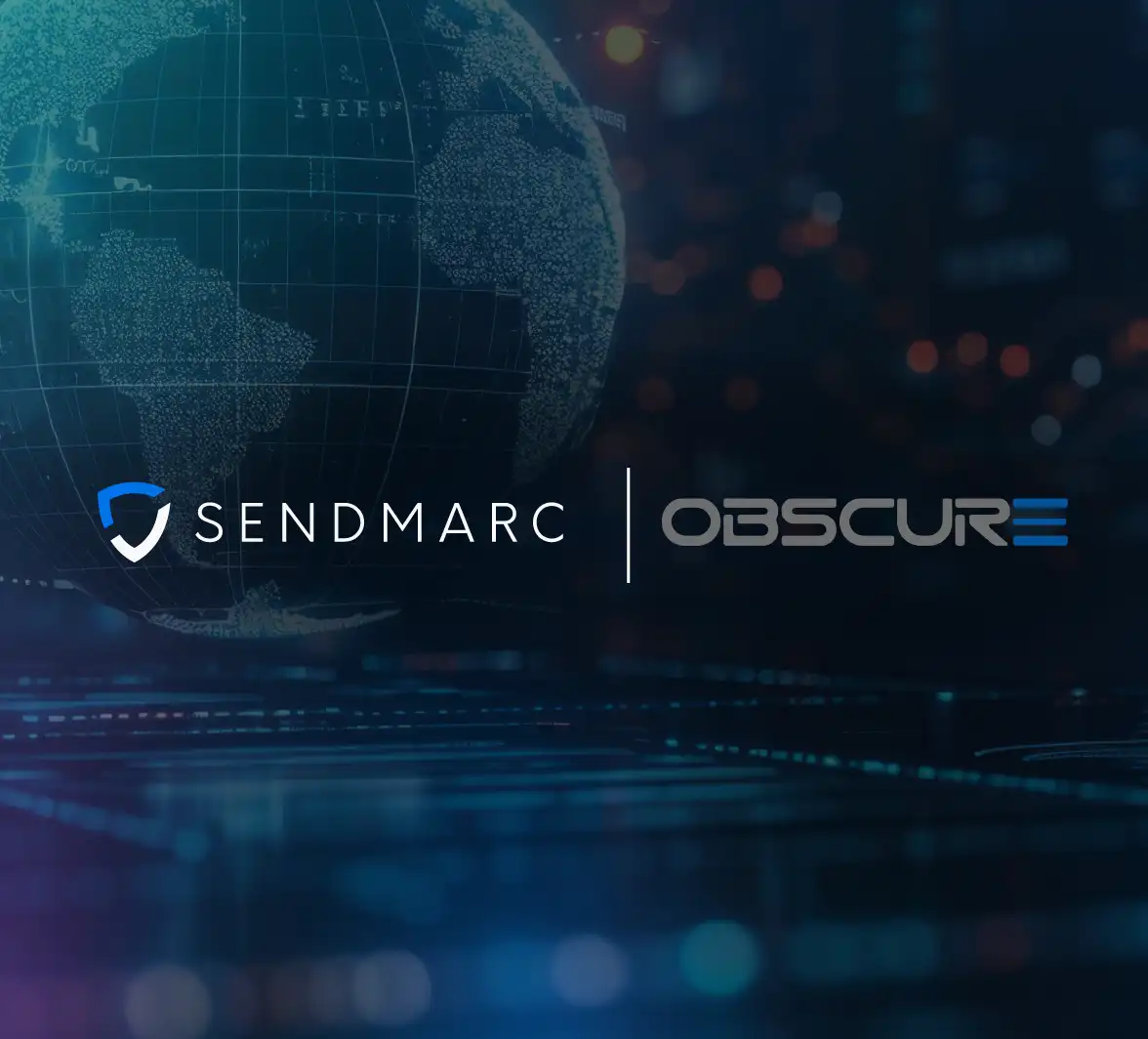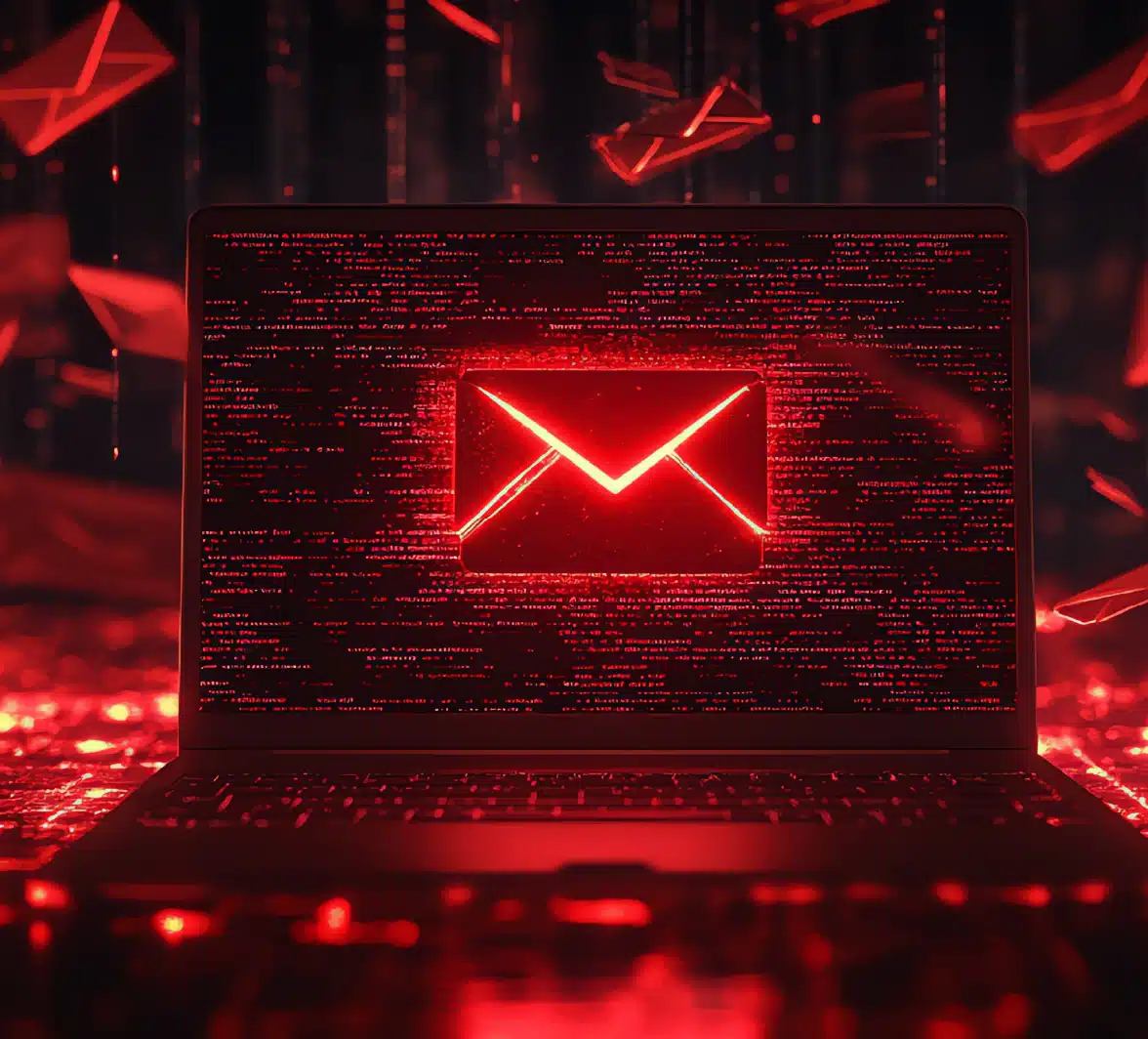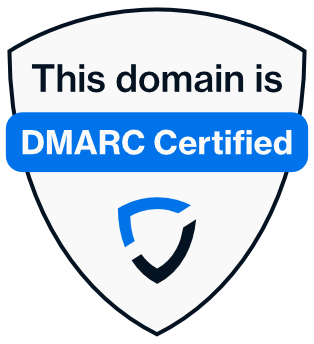Blog article
- 5 minutes read

- Melissa Collins
- Senior Digital Copywriter
Cybersecurity redefined: Adapting your businesses’ strategy to combat malicious AI
Today’s rapidly evolving digital landscape sees AI forming an integral part of various industries. But as AI advances, so do the abilities of cybercriminals seeking to exploit it.

From improving customer experiences to enhancing operational efficiency, Artificial Intelligence (AI) offers a multitude of benefits to businesses. In marketing, organizations leverage AI-powered algorithms to analyze vast amounts of data, enabling them to tailor personalized campaigns and recommendations for their audiences.
Supply chain management teams can benefit from AI’s predictive analytics that assist in forecasting demand, optimizing inventory, and streamlining logistics for greater efficiency. AI has also elevated customer service with chatbots that provide instant and accurate responses for improved customer satisfaction.
A 2020 S&P Global report showed that 95% of businesses consider AI a vital part of digital transformation.
However, with any transformative technological advancement comes the opportunity for bad actors to leverage that advancement for malicious gains – and AI is no exception. One example of this is a recently discovered AI tool dubbed FraudGPT that’s been circulating on the Dark Web and Telegram since July 2023.
It’s being referred to as a cybercriminal’s “all-in-one” solution, boasting the ability to create undetectable malware, compose spear-phishing emails, identify vulnerable websites, and even provide guidance on hacking techniques.
According to Infosecurity Magazine, FraudGPT subscription fees range from $200 per month to $1700 per year, and the tool has over 3000 confirmed sales and reviews.
The rise of malicious AI tools
- Boosted spear-phishing attacks Even without the use of AI, phishing remains the ultimate tool for cybercriminals looking to gain access to an organization’s data and funds. AI-crafted spear-phishing emails kick the practice up a notch with highly personalized and convincing emails that impersonate trusted senders. These emails can imitate the communication style and context of actual executives, making them harder to identify.
- Supercharged social engineering Malicious AI tools can analyze vast amounts of data to create targeted, personalized messages, increasing the likelihood of successful social engineering attacks that manipulate recipients into performing harmful actions.
- Intelligent automated attacks Cybercriminals can leverage AI tools to automate their attacks, including the extraction of passwords and vulnerability scanning. This accelerates the attack process and can overwhelm established cybersecurity measures.
- Chatbot misuse As businesses deploy AI-driven chatbots for customer service, attackers may exploit vulnerabilities in these systems to gather sensitive customer information or deliver malicious payloads. A recent article reported that the creator of FraudGPT is also introducing malicious chatbots based off of popular AI tools like ChatGPT and Google’s Bard.
To combat the threat of malicious AI, organizations must adopt a defensive mindset toward futureproofing cybersecurity strategies and infrastructure.

Cybersecurity best practices to safeguard your business against malicious AI
1. Keep employees in the know
- Provide education on the risks of AI-driven attacks.
- Give regular cybersecurity training so employees can easily recognize suspicious emails, links, or urgent requests for sensitive information.
- Nurture a culture of cybersecurity awareness and ensure that staff know how to report any unusual activity.
2. Robust threat detection
- Adopt dynamic threat detection solutions with the capability to analyze behavioral patterns and reveal anomalies in network traffic and user activities.
- Leverage the power of an intelligently designed Domain-based Message Authentication, Reporting and Conformance (DMARC) reporting platform from a DMARC expert like Sendmarc to enable early threat detection within your email ecosystem. This allows your business to address threats proactively and improves overall cybersecurity.
3. Cybersecurity control audits
- Simply having cybersecurity controls in place is not enough. Businesses need to continuously assess existing cybersecurity infrastructure, policies, and procedures to ensure maximum protection at all times. Regular cybersecurity control audits offer insights into the effectiveness of your organization’s cybersecurity, which can be leveraged to ensure that it stays cybercrook-proof.
4. Strong email authentication
- Leverage email authentication protocols such as DMARC to prevent impersonation including phishing and spoofing.
- Set up strict DMARC policies to specify how email recipient servers should handle unauthenticated emails, reducing the chances of fraudulent, AI-generated emails reaching inboxes
- Adopt Brand Indicators for Message Identification (BIMI). BIMI is an email authentication standard that allows for an organization with DMARC-compliant domains to display its logo beside emails in the recipient’s inbox. BIMI establishes your organization as a trusted sender, provides improved email deliverability, and increases brand recognition and awareness.

Partner for protection with Sendmarc
Threat actors using malicious AI will continue to evolve their strategies for success, which means that your business must do the same to protect its employees, customers, and other stakeholders. For your email environment, this starts with knowing your domain’s vulnerability. Check your domain’s score.
Sendmarc is a leading email security provider and guarantees DMARC compliance within a maximum of 90 days. Our scalable solution can accommodate businesses of any size with fast and seamless implementation. Contact us today to secure your email environment, and external stakeholders, against the threat of malicious AI tools.






